Diving into the world of aquarium keeping can be both exhilarating and overwhelming. The shimmer of colorful fish darting between lush plants or coral formations creates a living artwork that can transform any space. For beginners standing at the threshold of this fascinating hobby, one crucial decision looms large: freshwater or saltwater? This choice will determine not just the creatures you’ll welcome into your home, but also your investment of time, money, and effort. While both aquatic worlds offer unique rewards, they present different challenges for newcomers. This guide will illuminate the path for aspiring aquarists, helping you create an underwater ecosystem that flourishes under your care while matching your lifestyle and experience level.
Understanding the Fundamental Differences
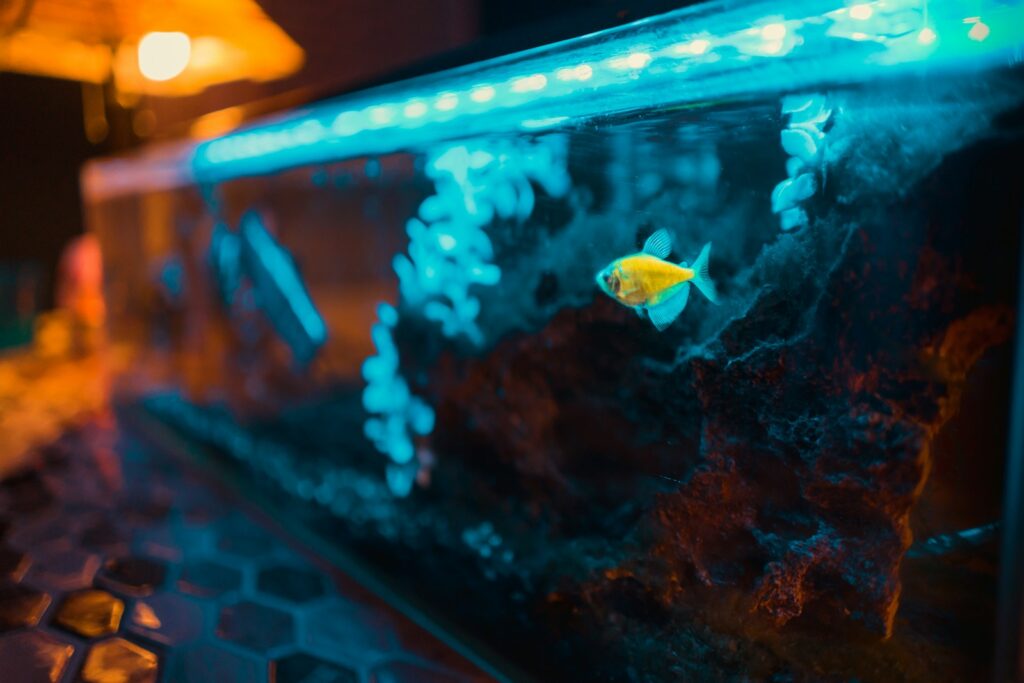
Freshwater and saltwater aquariums differ in more ways than just their water composition. Freshwater setups typically involve lower startup costs, less complex maintenance routines, and more forgiving conditions for novice mistakes. The fish and plants suitable for freshwater environments are generally hardier and less expensive, providing a gentler learning curve. Saltwater systems, while offering stunning diversity and vibrant colors found on coral reefs, demand more precision in water parameters, specialized equipment, and a deeper understanding of marine chemistry. The saltwater environment is less forgiving of fluctuations, requiring consistent monitoring and adjustment. These fundamental differences make freshwater aquariums the traditional entry point for beginners, though ambitious newcomers with sufficient resources can succeed with saltwater with proper research and dedication.
Essential Equipment for Freshwater Beginners
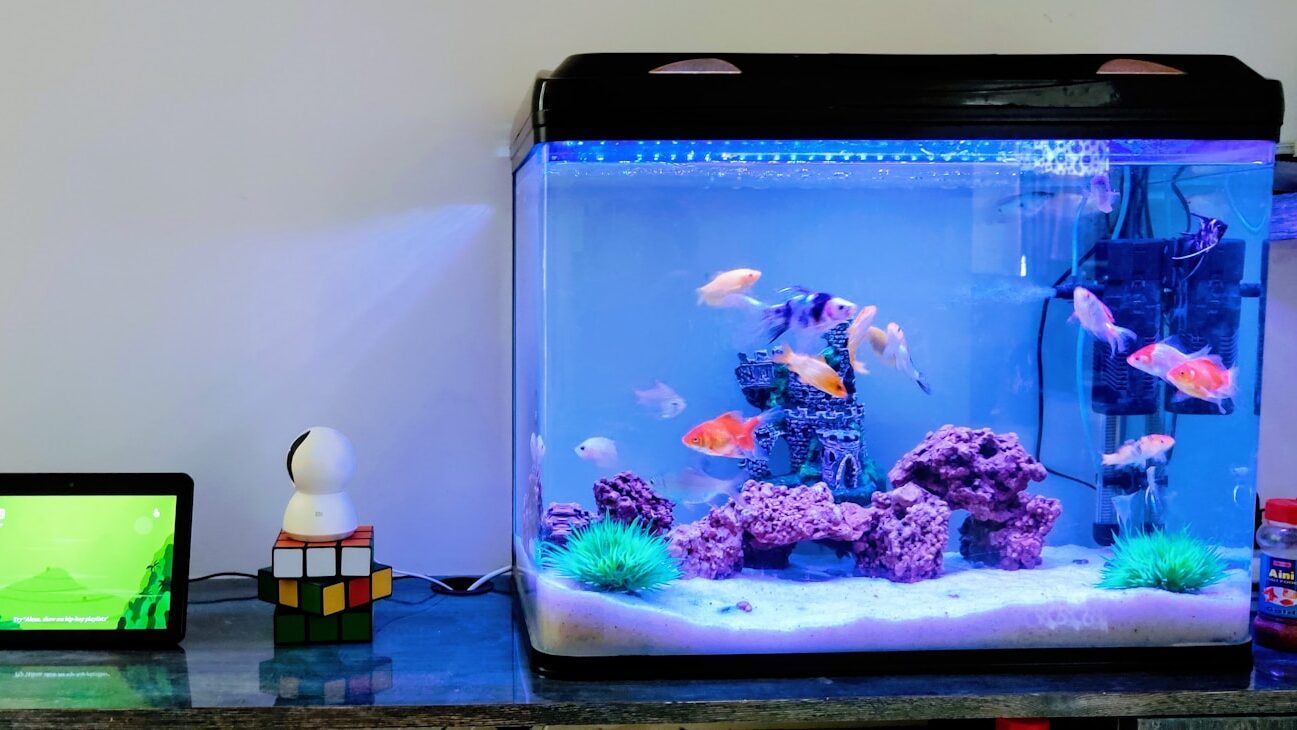
Setting up your first freshwater aquarium requires several key pieces of equipment to create a healthy environment. Start with an appropriately sized tank—10 to 20 gallons offers a good balance between stability and manageability for beginners. A quality filter is non-negotiable; consider power filters or sponge filters that provide mechanical, biological, and chemical filtration. You’ll need a reliable heater with a thermostat to maintain stable temperatures, typically between 75-80°F for most tropical species. Lighting is important both for viewing pleasure and for any live plants you might include. Additional necessities include a thermometer, water conditioner to remove chlorine, substrate (gravel or sand), and decorations that provide hiding places for your fish. While starter kits can offer convenience, researching individual components often results in better quality equipment tailored to your specific needs.
Essential Equipment for Saltwater Beginners
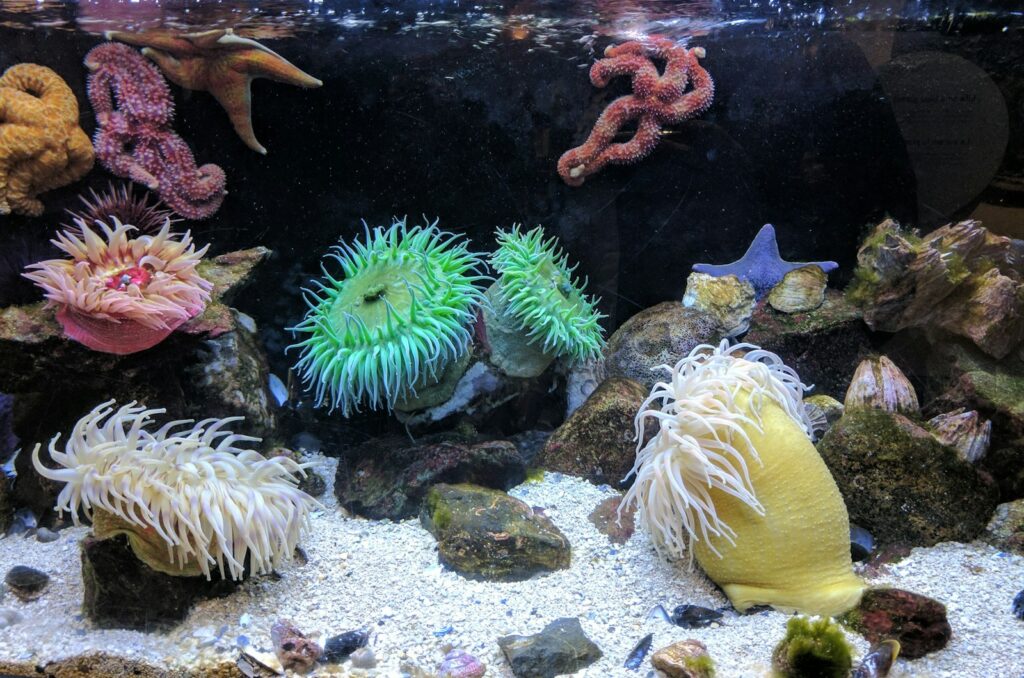
Saltwater aquariums require more specialized equipment than their freshwater counterparts. Beyond the basics shared with freshwater setups, you’ll need a protein skimmer—a device that removes organic compounds before they break down into harmful substances. A refractometer or hydrometer is essential for measuring salinity levels, which must remain consistent for marine creatures to thrive. Powerheads create water movement that mimics ocean currents, vital for coral health and waste removal. For reef tanks, specialized LED lighting that reproduces the spectrum of sunlight penetrating ocean waters becomes necessary, representing a significant investment. You’ll also need testing kits for ammonia, nitrite, nitrate, pH, alkalinity, calcium, and magnesium. Reverse osmosis/deionization (RO/DI) water filtration systems are highly recommended to ensure pure water for mixing with marine salt, as tap water contains elements that can trigger algae blooms or harm sensitive marine life.
Cost Comparison: Budget Considerations
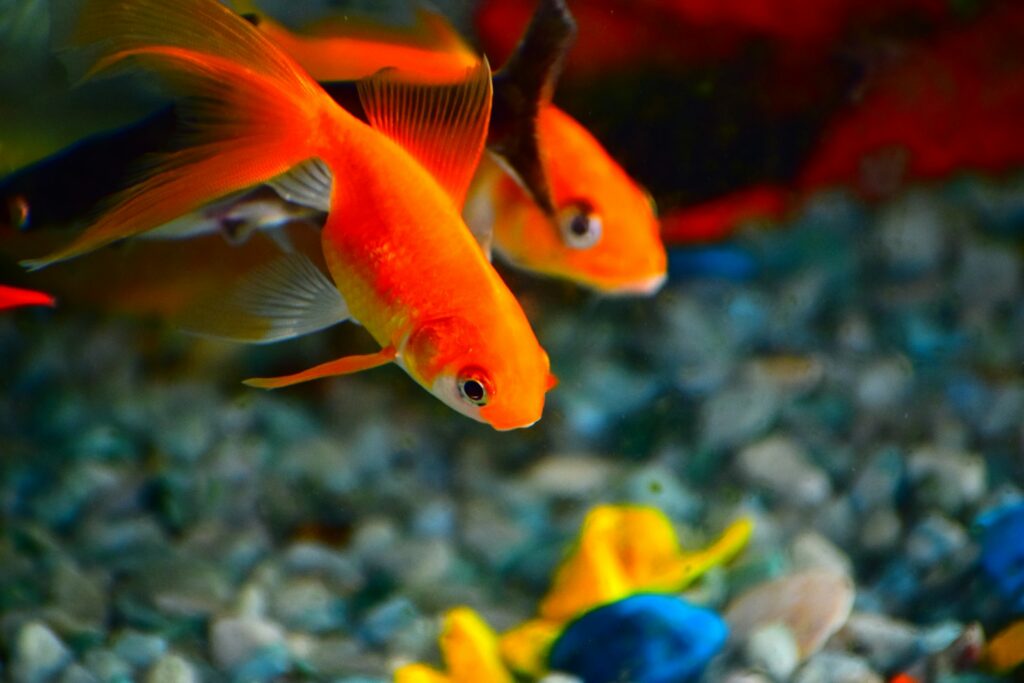
The financial commitment between freshwater and saltwater aquariums differs substantially, which is an important consideration for beginners. A basic 20-gallon freshwater setup typically costs between $150-$300, including tank, filter, heater, lighting, substrate, and decorations. Add another $50-$100 for starter fish and plants, creating a reasonable entry point for newcomers. In contrast, a comparable saltwater setup starts around $500-$800 for essential equipment, with specialized items like protein skimmers and high-quality lighting pushing costs higher. Marine fish cost significantly more than freshwater varieties, with even “beginner” species ranging from $20-$50 each, while showpiece fish can exceed $100. Corals represent another expense, starting at $30-$50 for small frags. Ongoing maintenance costs also skew higher for saltwater tanks, with specialized salt mixes, test kits, and additives creating recurring expenses. This substantial difference makes freshwater aquariums the financially prudent choice for most beginners testing their interest in the hobby.
Time Investment and Maintenance Reality
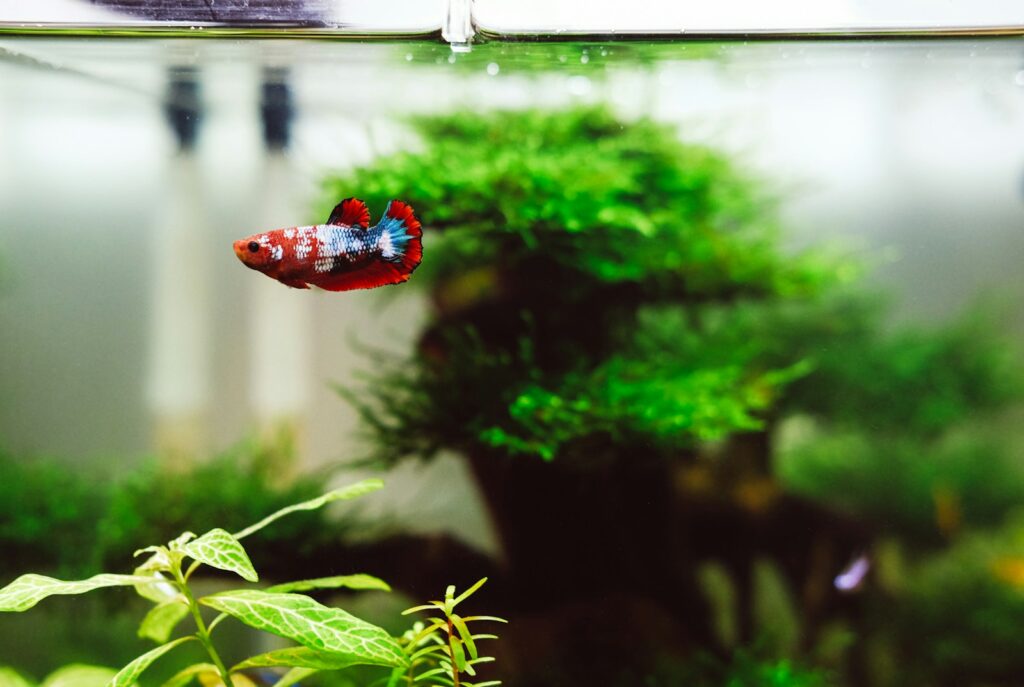
The time commitment between freshwater and saltwater aquariums presents another significant contrast for beginners. Freshwater tanks typically require 1-2 hours of maintenance weekly, involving water changes (usually 20-25% weekly), filter cleaning, algae removal, and water testing. The cycling process to establish beneficial bacteria takes approximately 4-6 weeks before adding fish. Saltwater systems demand more vigilance, with 3-4 hours of weekly maintenance becoming the norm. Beyond standard water changes, you’ll need to clean protein skimmers, test more water parameters, mix salt solutions precisely, and maintain specialized equipment. Marine tanks also take longer to mature—often 2-3 months before they’re stable enough for sensitive inhabitants. Additionally, saltwater aquarists must respond more quickly to problems like parameter shifts, as marine creatures generally have narrower tolerance ranges than their freshwater counterparts. For beginners with limited time, freshwater systems offer a more manageable entry point with less risk of catastrophic failures due to maintenance oversights.
Ideal Freshwater Fish for Beginners
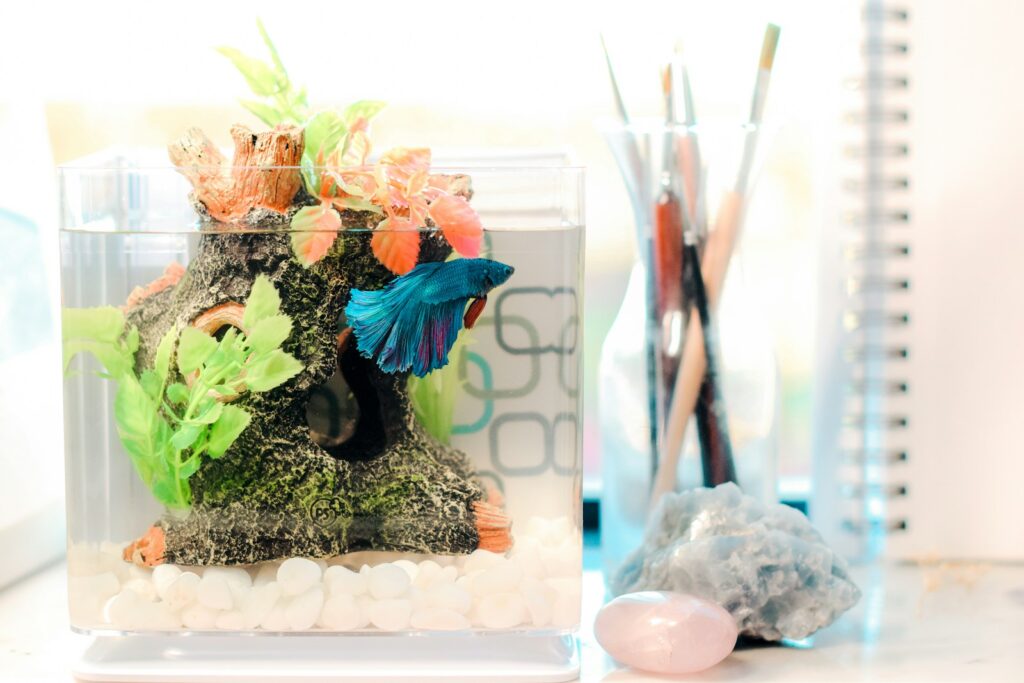
Selecting appropriate fish species is crucial for early success in the aquarium hobby. Freshwater offers numerous hardy, forgiving species perfect for beginners. Tetras, particularly Neon and Black Skirt varieties, are peaceful schooling fish that add movement and color while being adaptable to varying water conditions. Guppies and platies bring vibrant colors and engaging breeding behaviors, with the added benefit of being livebearers, meaning they don’t require special breeding setups. Betta fish make striking centerpiece fish in appropriately sized tanks, though they typically need to be kept without other bettas or fin-nipping species. Corydoras catfish serve as excellent bottom-dwellers that help clean leftover food while displaying charming social behaviors. These beginner-friendly species typically cost between $3-$10 each, tolerate minor water parameter fluctuations, and show resistance to common diseases, providing newcomers with the confidence-building experience of successfully maintaining healthy fish while learning the fundamentals of aquarium keeping.
Beginner-Friendly Saltwater Fish Species
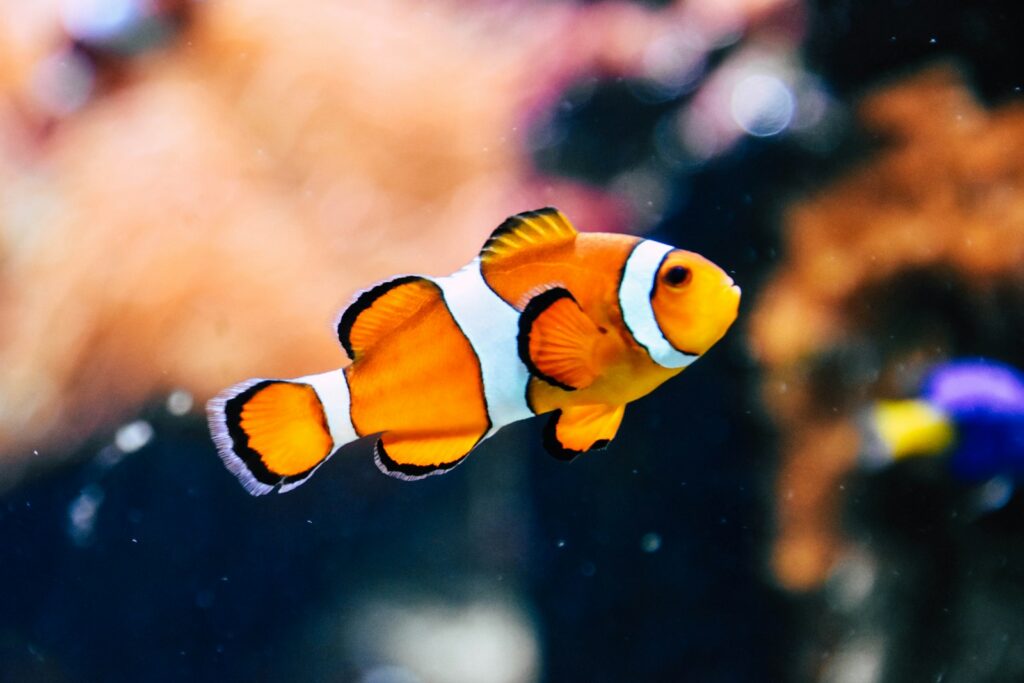
While saltwater species generally require more precise conditions than freshwater fish, several hardy marine species can thrive under a beginner’s care. Clownfish have become increasingly popular thanks to “Finding Nemo” and, fortunately, are among the most adaptable marine fish, with captive-bred specimens showing remarkable hardiness in home aquariums. Damselfish, particularly the Blue Devil Damsel, demonstrate excellent resilience to fluctuating conditions, though their territorial nature means careful stocking choices. Yellow Tangs add a vibrant splash of color and serve as algae controllers, though they require larger tanks (at least 40 gallons) to accommodate their active swimming behavior. Firefish offer a peaceful temperament and striking appearance while requiring minimal space, making them suitable for smaller marine setups. When selecting marine fish, prioritize captive-bred specimens over wild-caught whenever possible, as they typically adjust better to aquarium life and demonstrate greater disease resistance. Start with just one or two species, adding more only after your system has proven stable for several months and you’ve gained confidence in maintaining marine water parameters.
The Role of Live Plants vs. Coral
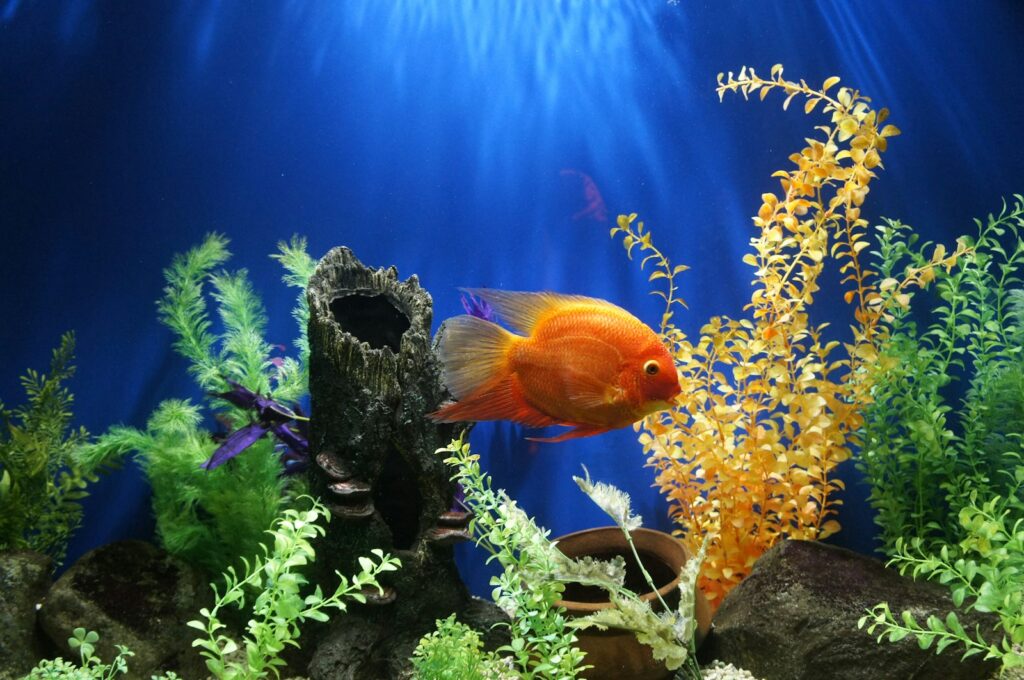
Aquarium decorations serve purposes beyond aesthetics, creating microhabitats and biological benefits for tank inhabitants. In freshwater aquariums, live plants like Java Fern, Anubias, and Amazon Sword not only create natural beauty but also absorb nitrates, produce oxygen, and provide shelter for fish. These beginner-friendly plants require minimal specialized care beyond basic lighting and can thrive without CO2 supplementation or specialized substrates. Saltwater aquariums offer corals as their living decorations, ranging from soft corals like mushrooms and leathers to hard corals like small polyp stony (SPS) varieties. For beginners, soft corals present the gentlest learning curve, tolerating minor fluctuations in water parameters while still providing the breathtaking colors and movement that draw many to reef keeping. Unlike plants, however, most corals require intense specialized lighting, precise water chemistry, and supplemental feeding regimens. The care complexity spectrum runs opposite between the two systems—while advanced planted freshwater tanks can become technically demanding, they start simple, whereas even “beginner” reef tanks require significant knowledge and equipment from day one.
Water Chemistry Basics for Success
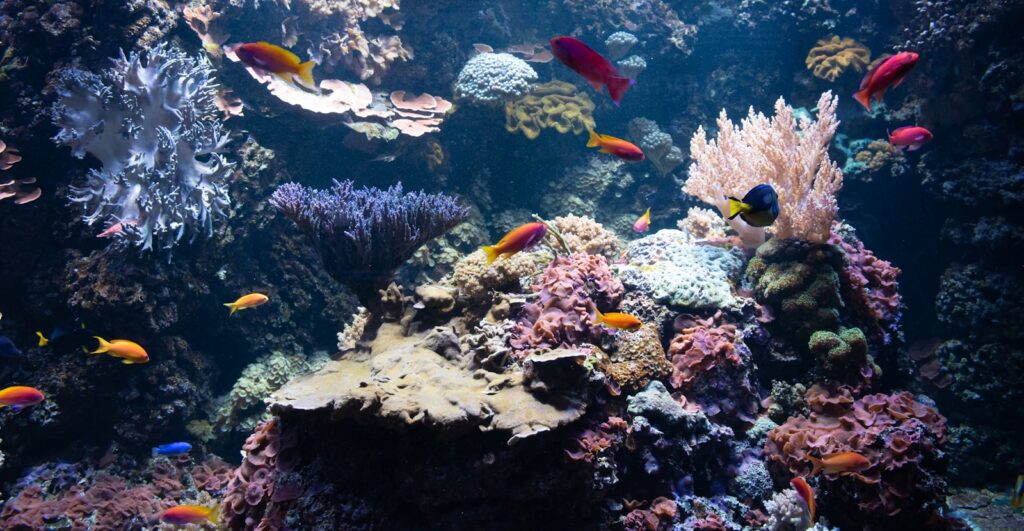
Understanding fundamental water chemistry represents one of the most critical skills for aquarium keepers at any level. Freshwater aquariums require monitoring of ammonia, nitrite, nitrate, pH, and general hardness, with test kits providing simple color-based results. Most freshwater fish thrive in pH ranges from 6.5 to 7.5, with tropical community tanks typically maintained around 78°F. The nitrogen cycle—the biological process where beneficial bacteria convert toxic ammonia from fish waste into less harmful nitrates—forms the cornerstone of freshwater maintenance. Saltwater chemistry introduces additional complexities, requiring all the above tests plus monitoring of salinity (typically 1.025-1.026 specific gravity), alkalinity (8-12 dKH), calcium (400-450 ppm), and potentially magnesium and phosphate levels. Marine aquarists must also understand the relationship between these parameters—for instance, how calcium and alkalinity interact in coral growth. While both systems operate on similar biological principles, the narrower acceptable ranges and interconnected nature of marine parameters create a steeper learning curve for beginners. Mastering freshwater chemistry provides an excellent foundation should you later transition to saltwater keeping.
Common Beginner Mistakes to Avoid
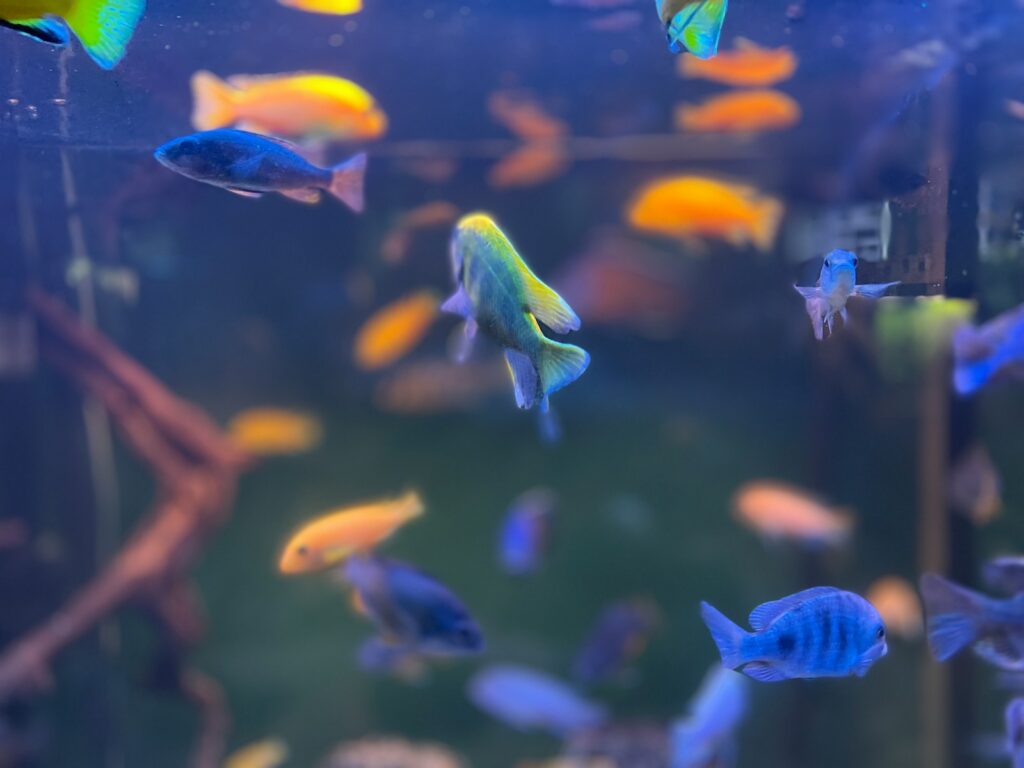
New aquarists frequently encounter preventable pitfalls that can frustrate their early experiences in the hobby. Overstocking ranks among the most common mistakes—too many fish create waste that overwhelms filtration systems, leading to poor water quality and stressed inhabitants. Rushing the cycling process presents another critical error, as adding fish before beneficial bacteria colonies establish leads to ammonia spikes and fish mortality. Inconsistent maintenance schedules create boom-and-bust cycles of water quality, while overfeeding produces excess waste and encourages algae outbreaks. Freshwater beginners specifically often select incompatible fish combinations, such as mixing aggressive cichlids with peaceful community species. Saltwater novices frequently underestimate the importance of patience, adding livestock too quickly or attempting to keep advanced species before mastering fundamentals. In both systems, knee-jerk reactions to problems can compound issues, particularly when beginners add chemicals or medications without identifying root causes. Success in aquarium keeping correlates strongly with research investment before purchase, realistic expectations about time commitments, and the discipline to progress methodically rather than rushing to the “finished” aquarium vision.
The Cycling Process Explained

The nitrogen cycle represents the biological foundation of all aquariums and requires particular attention from beginners. This process establishes colonies of beneficial bacteria that convert toxic ammonia (from fish waste and decomposing organic matter) first into nitrite (also toxic) and finally into nitrate (less harmful in moderate amounts). In freshwater aquariums, fishless cycling using pure ammonia or fish food typically takes 4-6 weeks, during which ammonia and nitrite levels spike and then fall as bacterial colonies develop. Saltwater systems follow the same biological principles but often take longer, sometimes 8 weeks or more, as marine bacteria establish more slowly, and additional biological processes must stabilize. Testing water parameters every few days provides crucial data to track cycling progress, with completion indicated when ammonia and nitrite readings are zero even after adding an ammonia source. While “fish-in” cycling methods exist, they subject fish to potentially harmful conditions and are generally discouraged in modern aquarium keeping. Patience during this invisible but essential process sets the stage for long-term aquarium success, establishing the biological filtration that will process waste throughout the tank’s lifetime.
Tank Size Considerations for Beginners
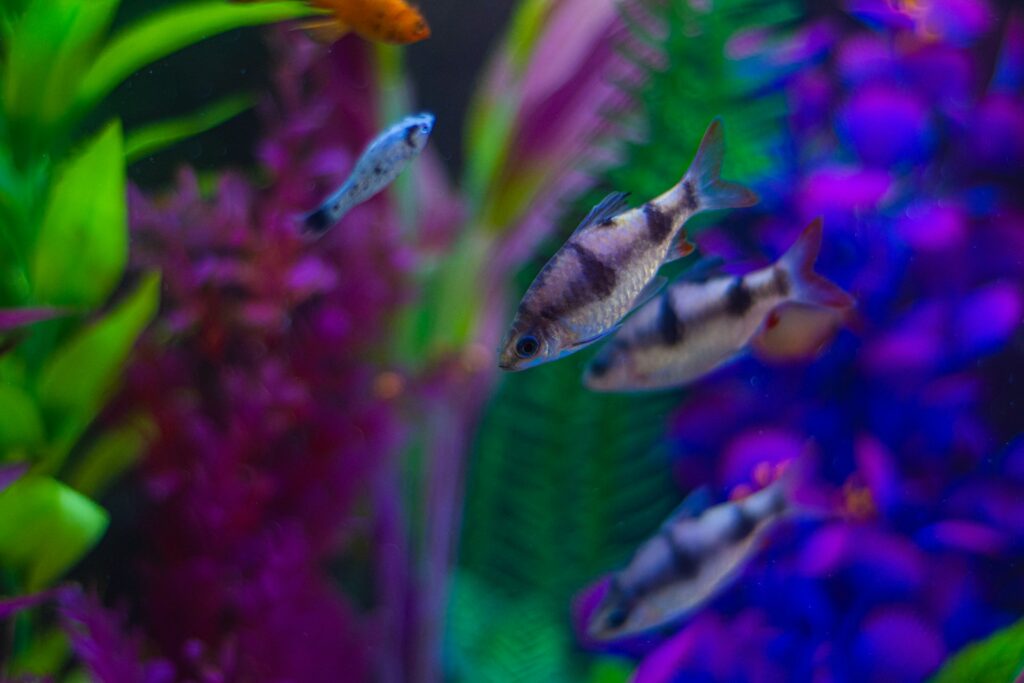
Contrary to popular belief, larger aquariums often prove more suitable for beginners despite seeming more complex. A common misconception suggests starting with small tanks, but larger water volumes create more stable environments that forgive minor mistakes. For freshwater beginners, 20-29 gallon tanks provide an excellent starting point, offering enough space for a variety of community fish while maintaining reasonable costs and space requirements. These mid-sized tanks resist rapid parameter changes better than 5-10 gallon setups, where a missed water change can quickly become dangerous for inhabitants. Saltwater beginners should consider 40-50 gallon tanks minimum, as smaller marine setups require more frequent maintenance and offer less stability for sensitive organisms. The increased water volume provides chemical and thermal buffering, making parameter maintenance less demanding on a daily basis. Additionally, larger tanks provide appropriate swimming space for active species and allow for more natural behaviors. While setup costs increase with size, the improved stability and flexibility of larger tanks typically provide a better return on investment for newcomers to the hobby.
Progressing in the Hobby: Growth Paths
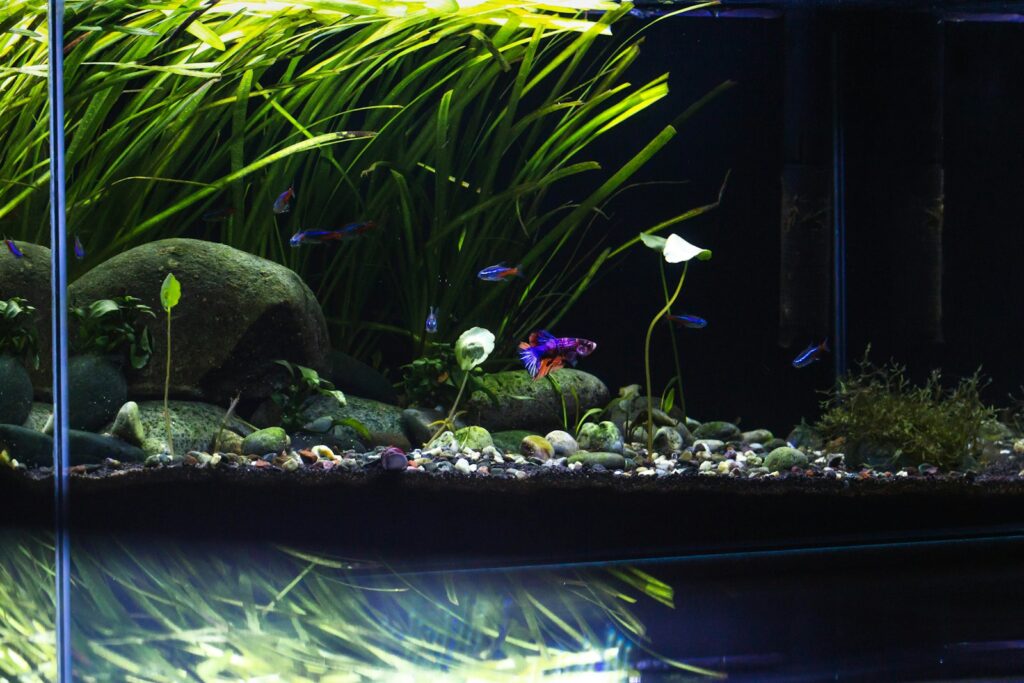
As beginners gain confidence and experience, both freshwater and saltwater aquarium keeping offer rewarding advancement paths. In freshwater, many hobbyists progress from basic community tanks to specialized setups like planted aquascapes, species-specific biotopes recreating natural habitats, or breeding projects for fascinating species like dwarf cichlids or fancy guppies. The skills developed in basic freshwater maintenance provide a foundation for these advanced pursuits without requiring completely new equipment sets. Saltwater enthusiasts typically advance from fish-only systems to fish with live rock (FOWLR) setups, eventually graduating to reef aquariums featuring increasingly demanding coral species. Many hobbyists also find that success in freshwater provides the confidence and fundamental understanding to transition into saltwater keeping as a natural progression. The aquarium hobby’s depth allows enthusiasts to continually discover new challenges, whether mastering the delicate balance of a nature aquarium with perfectly scaled plantings or the technical precision required for keeping sensitive small polyp stony corals. This scalability of complexity ensures the hobby remains engaging for decades, with endless opportunities to refine skills and knowledge.
Making Your Final Decision
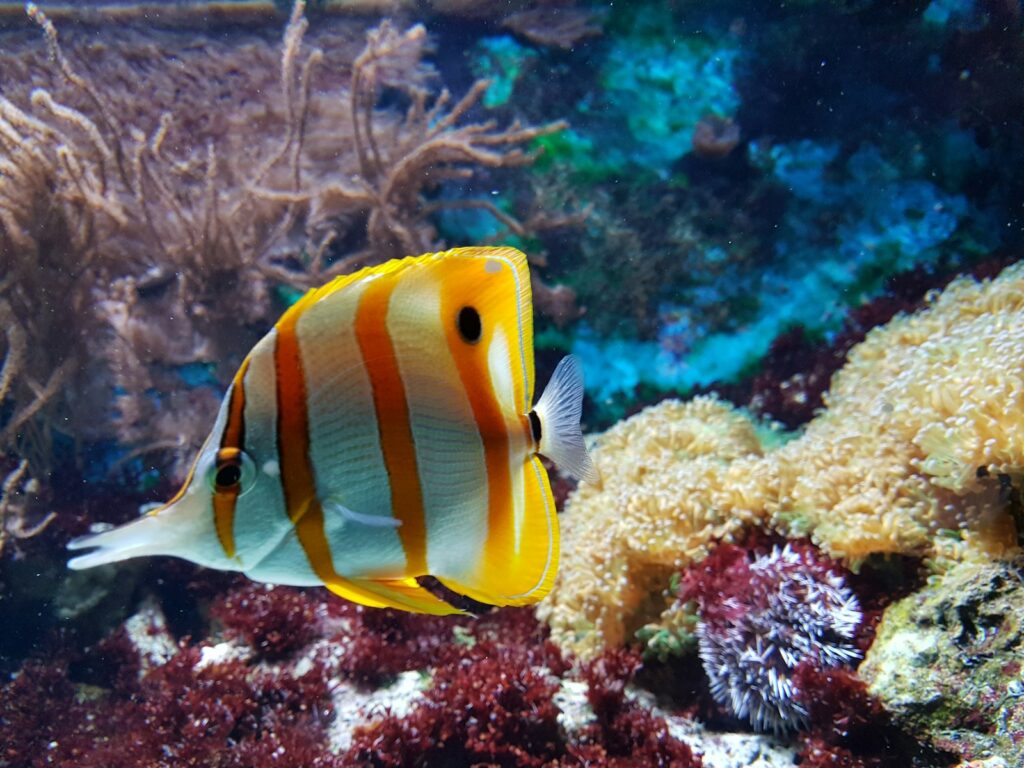
When choosing between freshwater and saltwater for your first aquarium, honestly assess your priorities, resources, and learning style. For those seeking the most straightforward entry into successful fish keeping, freshwater provides undeniable advantages: lower costs, more forgiving parameters, and a gentler learning curve. This path allows beginners to establish fundamental skills while still enjoying a beautiful, thriving aquatic display. Saltwater aquariums, while requiring greater investment and attention to detail, reward dedicated hobbyists with unparalleled biodiversity and the vivid colors of coral reef ecosystems. Consider your available time for maintenance, budget constraints, and tolerance for technical challenges when making this decision. Many experienced aquarists recommend starting with freshwater for 1-2 years before transitioning to saltwater, using that time to understand the biological processes common to all aquariums. Remember that success in either system comes not from choosing the easiest path, but from selecting the one that best matches your resources and will maintain your enthusiasm through the inevitable learning process that accompanies this rewarding hobby.
Whichever aquatic world you choose to explore, remember that successful aquarium keeping rewards patience, consistent care, and ongoing education. Both freshwater and saltwater systems offer windows into fascinating ecosystems that can provide years of enjoyment and discovery. The best beginner setup isn’t necessarily the one with the most impressive inhabitants or the latest equipment—it’s the one you’ll maintain with enthusiasm and dedication as you develop your skills in this fulfilling hobby. By matching your choice to your resources and commitment level, you set yourself up for the satisfaction of creating and nurturing a thriving underwater world that can captivate both you and anyone who glimpses it.


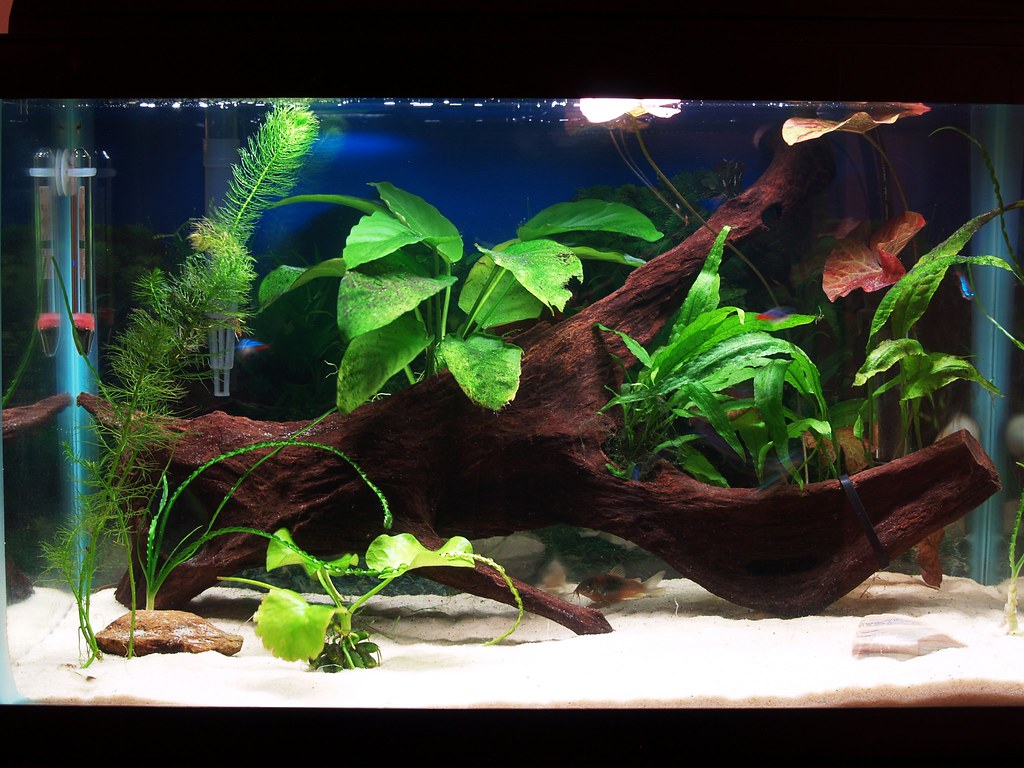
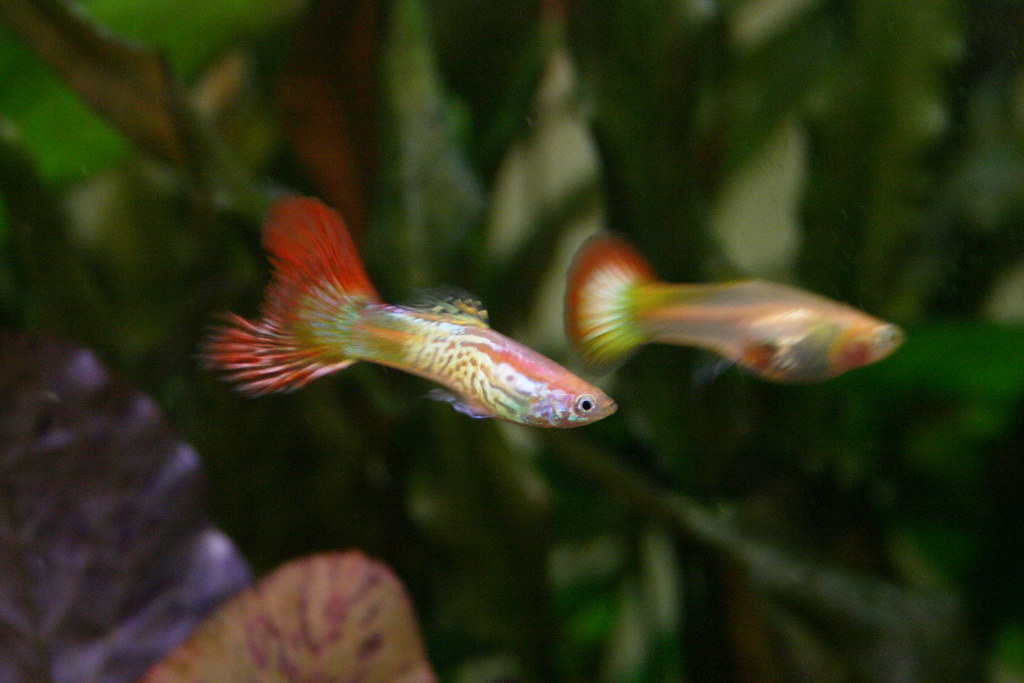


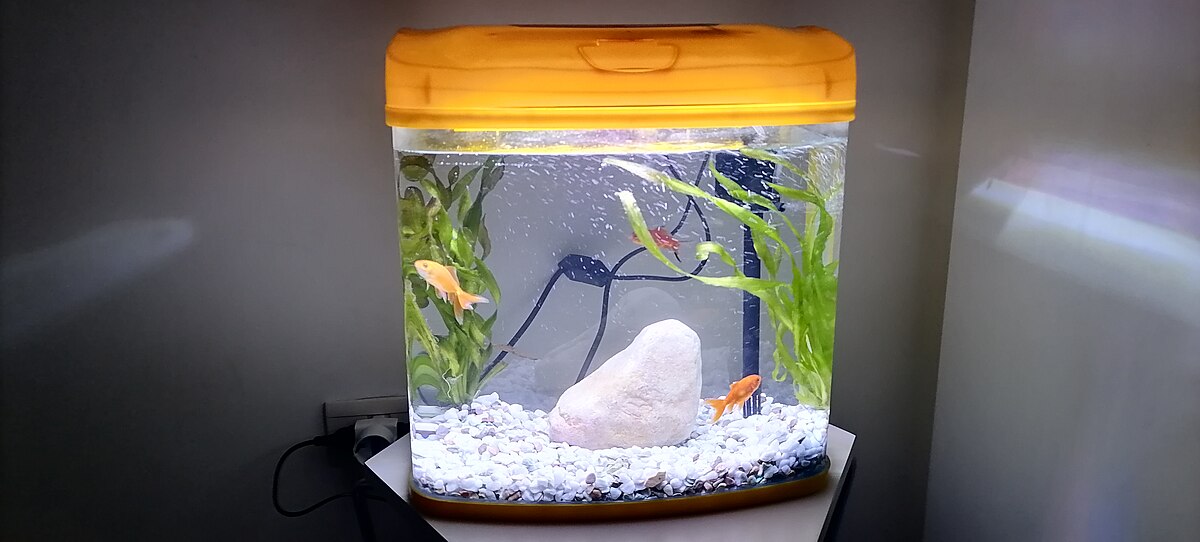
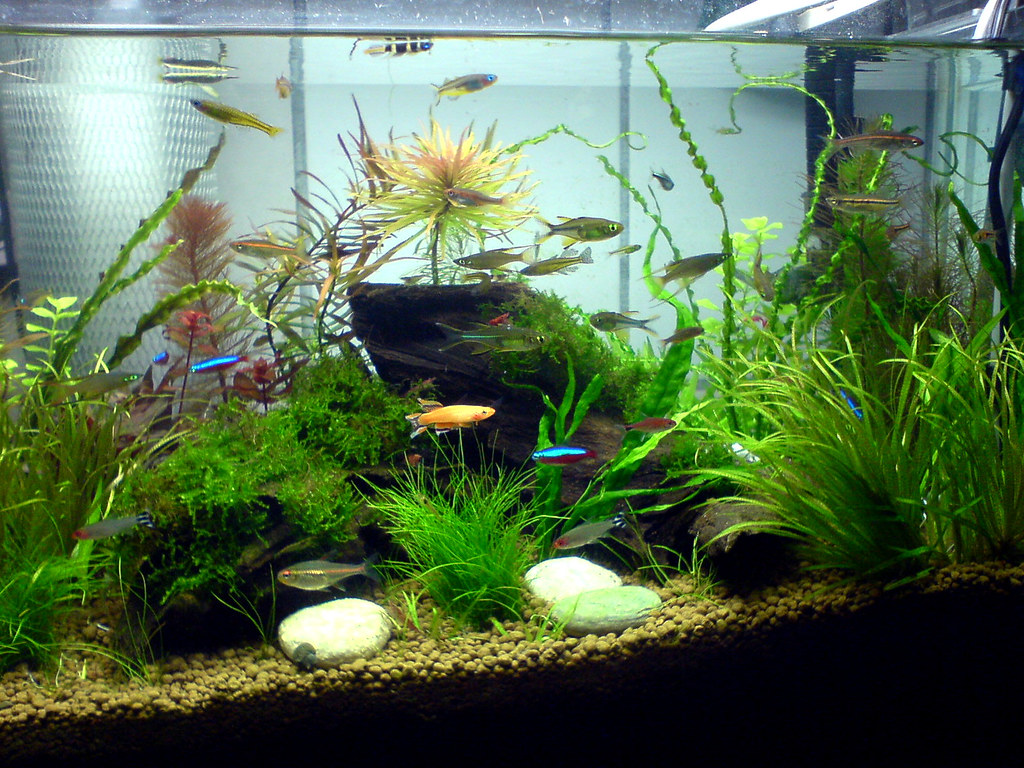
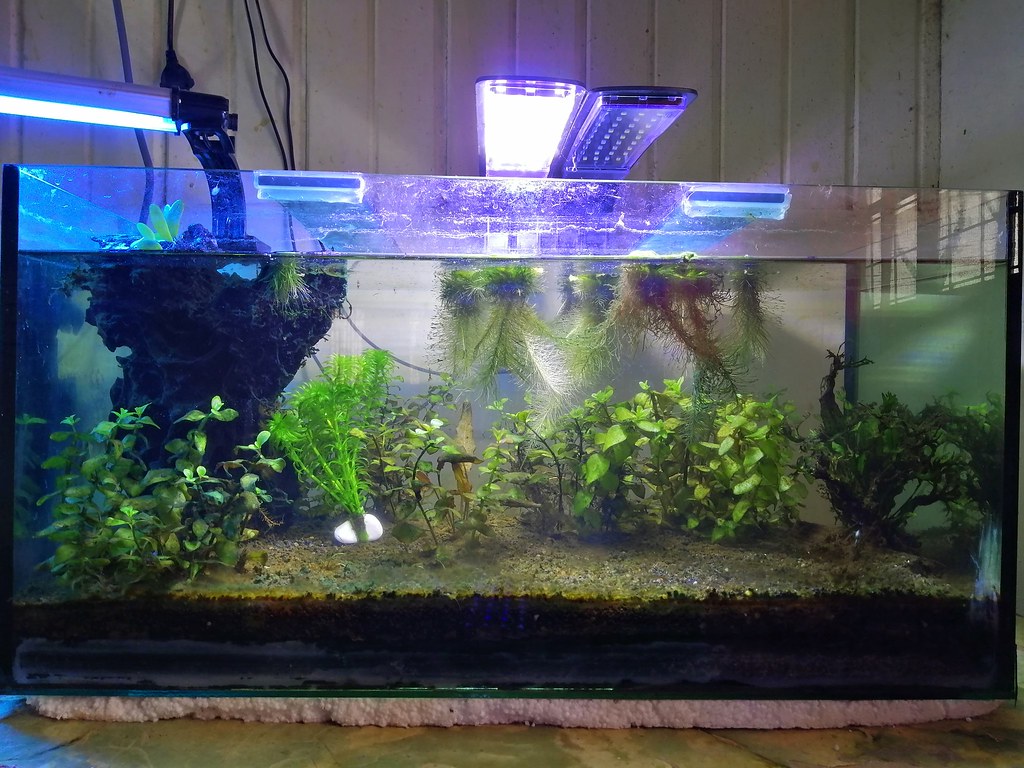
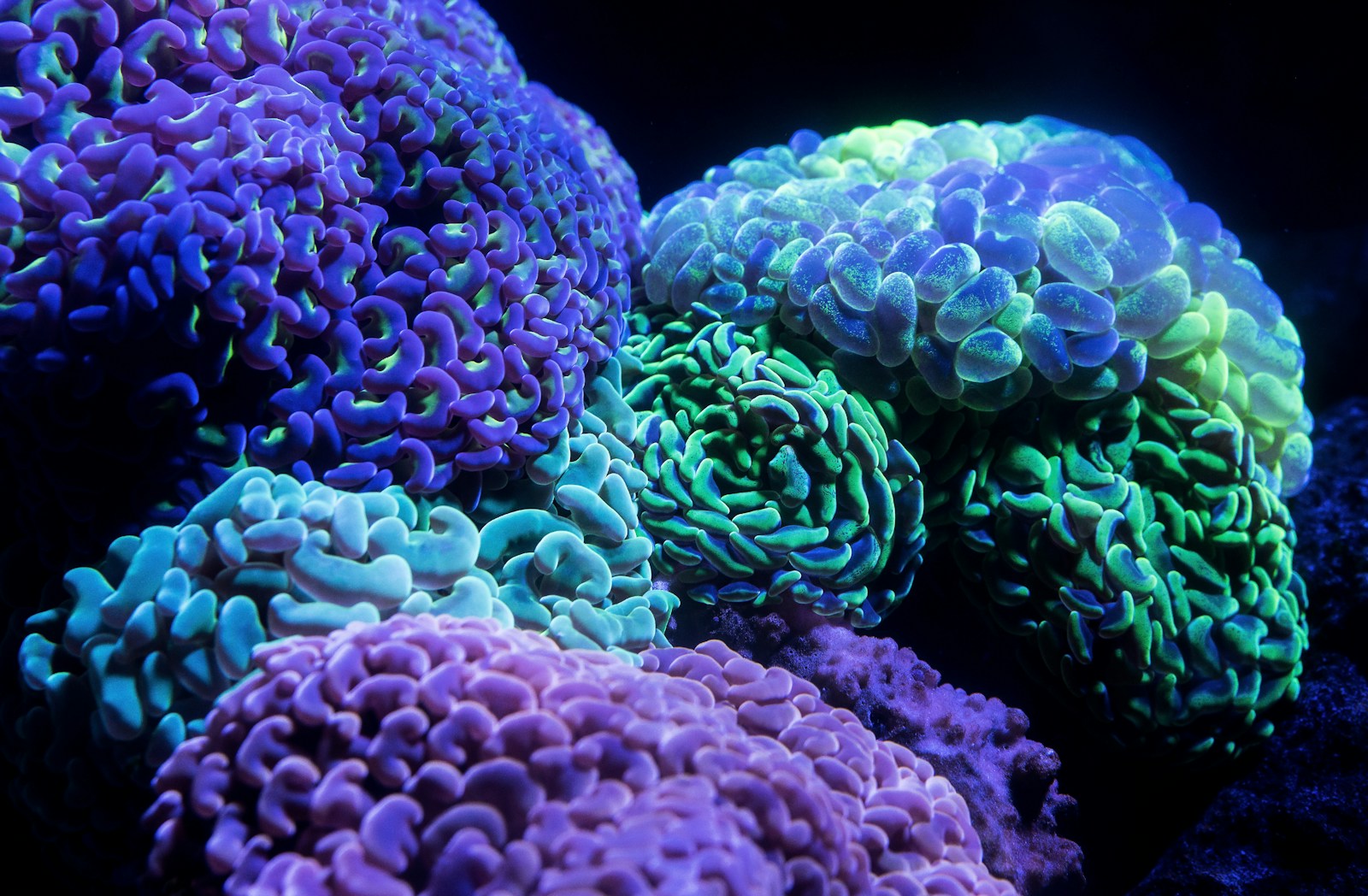

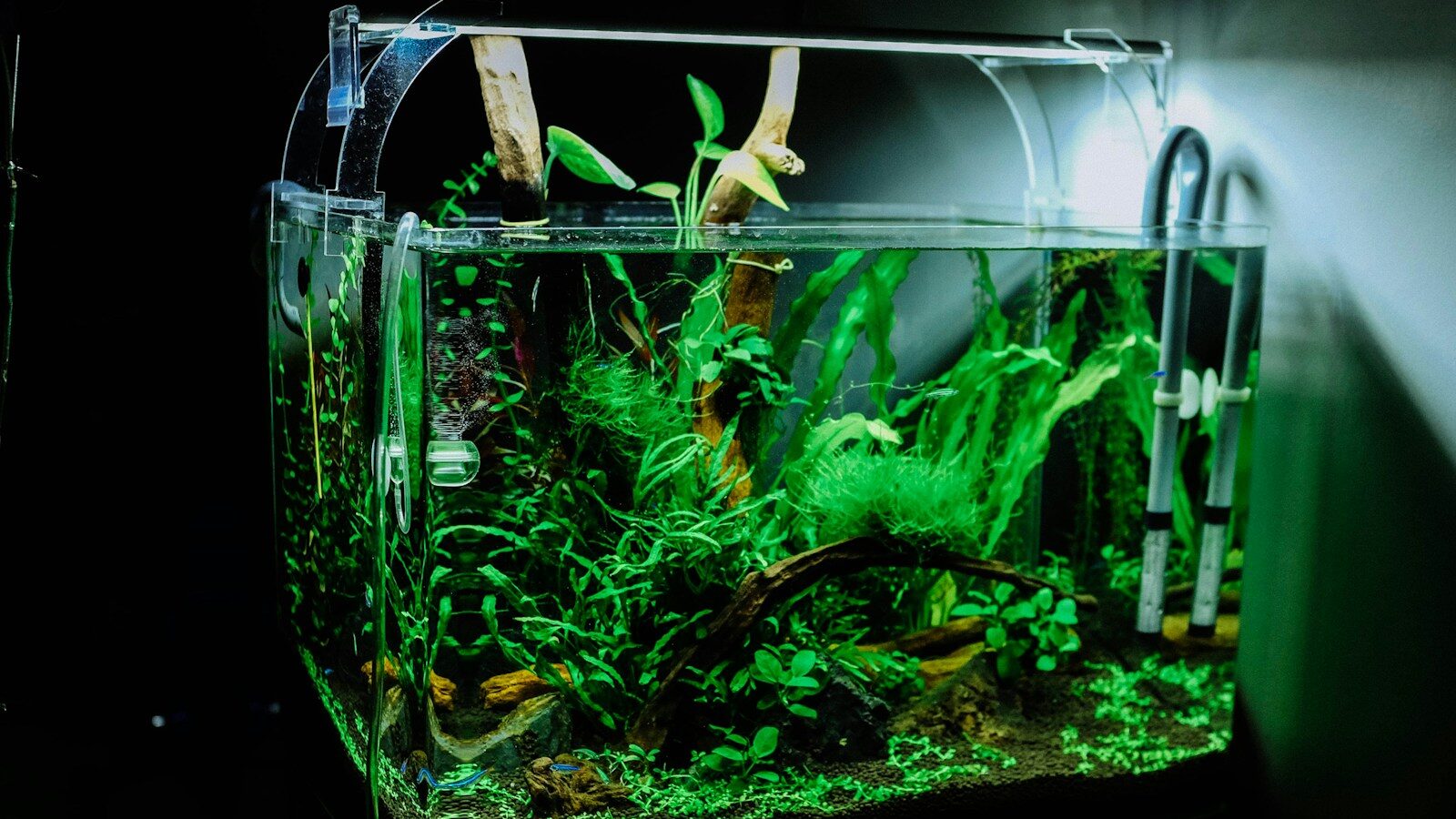




Leave a Reply